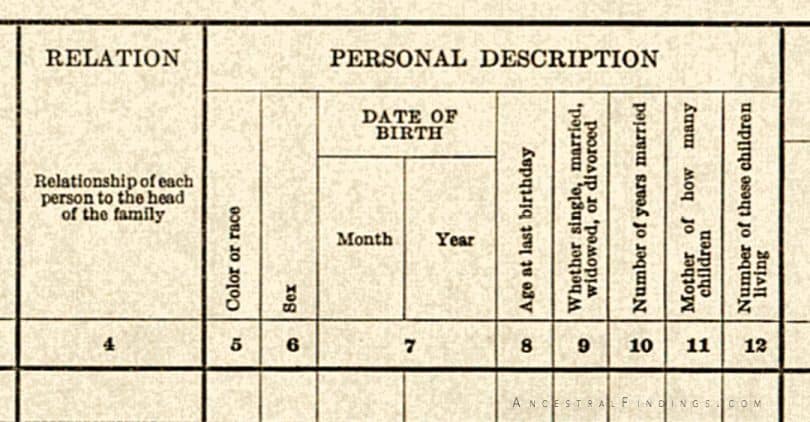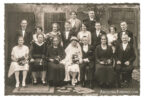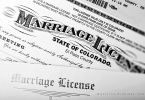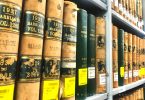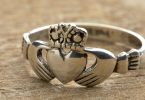Sometimes, you just can’t find a marriage record, bond, or banns, no matter how hard you try, because it doesn’t exist. Either it never existed in the first place, or it has been lost to time long ago. Despite the religious and legal requirements, not everyone did these things. There were private ceremonies, usually conducted with offshoot branches of a larger church, and these ceremonies didn’t require any official documentation and were done outside of involving civil authorities to record it. Also, common-law marriages were much more “common” than you might realize. This is when people never officially married, but lived together as husband and wife for so long, and presented themselves to their community as such, that they became considered legally married in the eyes of the law, even without a ceremony or documentation.
A famous common law marriage was that of no less than Benjamin Franklin and his wife, Deborah. Deborah had been previously married to a man who abandoned her. As no one knew if he was alive or not, and was never seen in his community again, Deborah was not legally free to remarry. She and Benjamin lived together as husband and wife, had children together, and were considered married by all of their neighbors, friends, and family. They were together for decades, and are buried next to each other, all without a record of their marriage, because there wasn’t one.
So, what do you do if you need or want a marriage date for your genealogical records, but can’t find official documentation that the marriage occurred (or likely occurred)? Here are some ideas.
Check the census records. The 1900 US Federal Census asks how long a couple has been married. It won’t give you an exact date, but it will give you an idea of what year they got married. This may be the closest you are able to come to a marriage date.
Look at town vital records. These are great resources for colonial and early American New England relatives. Even if there is no certificate, bond, or banns that you can find, the marriage is likely recorded in the town records. If you know what town the couple lived in, check there. You will probably just find names (and maybe the bride’s father’s name), and a marriage date, but it is still excellent documentation.
Check old newspaper records. If the marriage record seems to have been lost to time, the announcement of it may still exist in an old, local newspaper. It may be just a simple one or two line announcement, or it may be a detailed description of the wedding, with the names of the parents of both bride and groom included. Newer records from the 1930s onward may even include a photo of the bride. Try local church records. If a couple belonged to a local church, especially a rural one, they may not have been able to easily record their marriage with the town or county. Their local church, though, may have a record of their wedding taking place there. It’s worth checking to possibly find this gem.

